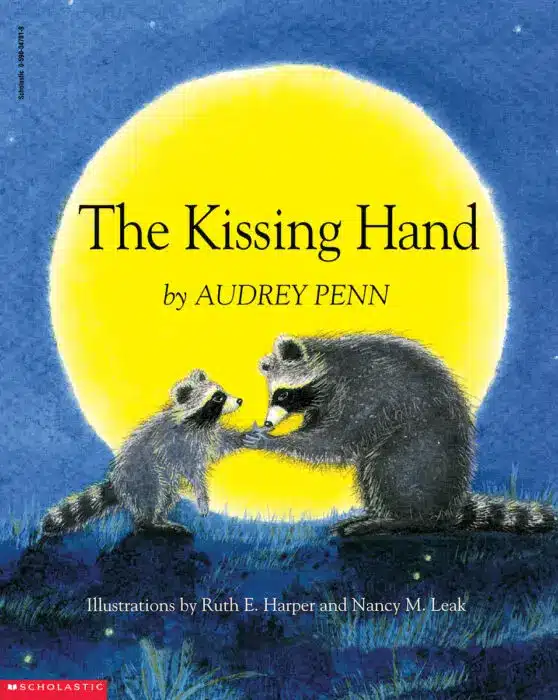🚧 Site Under Construction!
Excuse the dust, and don't forget to check back soon for the big reveal.
Want to be featured? Contact us.
Menu

Why Prep?
When children (and adults!) experience new, and unfamiliar things it can feel scary. Children might wonder, “Am I safe?” For children who are going to school for the first time everything might feel new and unfamiliar. Children who are returning to school, might feel scared because they have been at home for a long time and school might look different with people wearing masks. Prepping children helps things feel familiar and helps children feel safe and secure.
Start a School Routine
Starting or going back to school often means a new routine. August is a great time to begin to transition from the summer routine to the school routine. Begin by changing wakeup times and bedtimes, then change mealtimes and start to create what a before and after school routine will look like. Creating and following routines helps children to feel safe and secure.
Check In with Yourself
When children go back to school it often means changes for everyone in the family. Caregivers may need to change their routine and may have their own excitement, fears and concerns about their child going to school. Make time to check in about your feelings, find trusted sources to get your questions answered, and take some time to take care of yourself!
Help Your Child Become Familiar with School
Toys, books, and TV shows help your child to understand what school is, learn school routines, and understand that caregivers will say goodbye and then return at the end of the day.
Notice, Name, Validate Feelings
Noticing, naming, and validating a child’s feelings helps them feel seen, safe, and secure. It may sound like, “You’re feeling scared. We haven’t been away from each other in a long time.”
We may feel uncomfortable when our child is upset and feel a need to fix things by saying, “It’s ok. There’s nothing to worry about.” When we do that, we might accidentally make them feel more worried or scared, and make them question if the other things we tell them are true.
If a child is worried about being away from their caregiver, the caregiver can draw a small heart on the child’s hand/arm and one on their hand/arm to be connected during the day. The Kissing Hand by Audrey Penn is a great book for children who are worried about being separated.
Copyright © 2024 Homeroom Detroit L3C. All rights reserved.
By clicking Register, you agree to our Terms and Conditions, and Privacy Policy.
By clicking Register, you agree to our Terms and Conditions, and Privacy Policy.